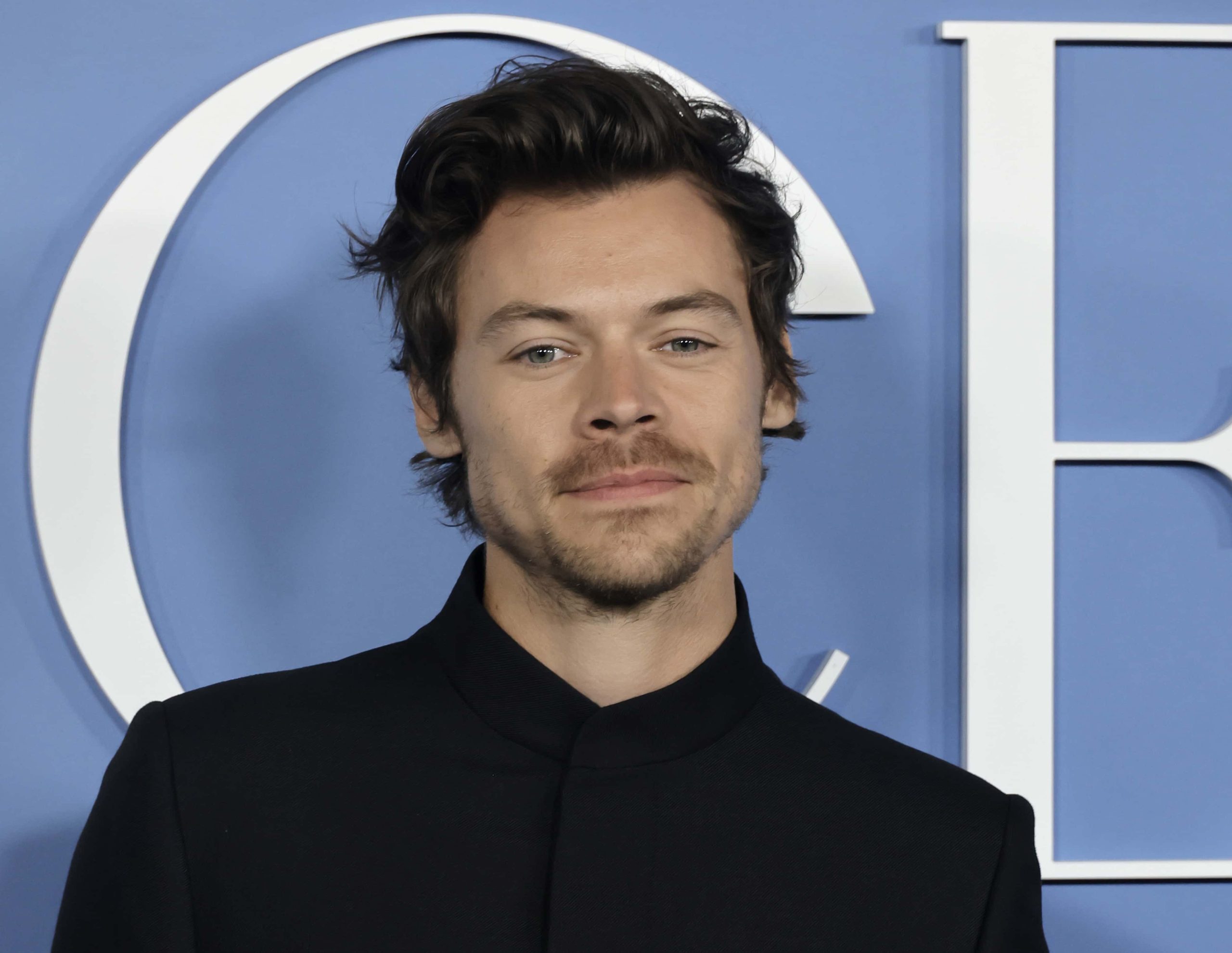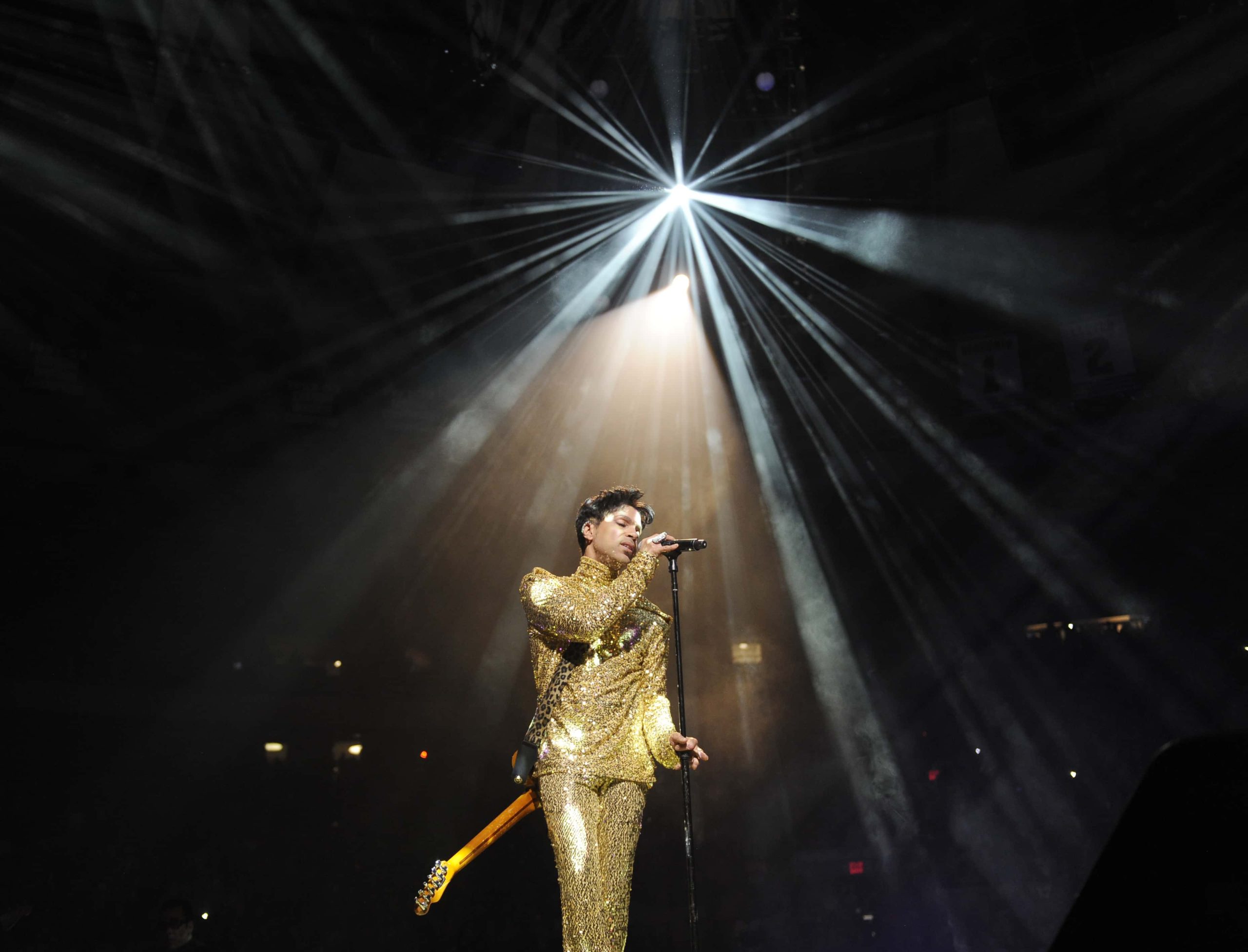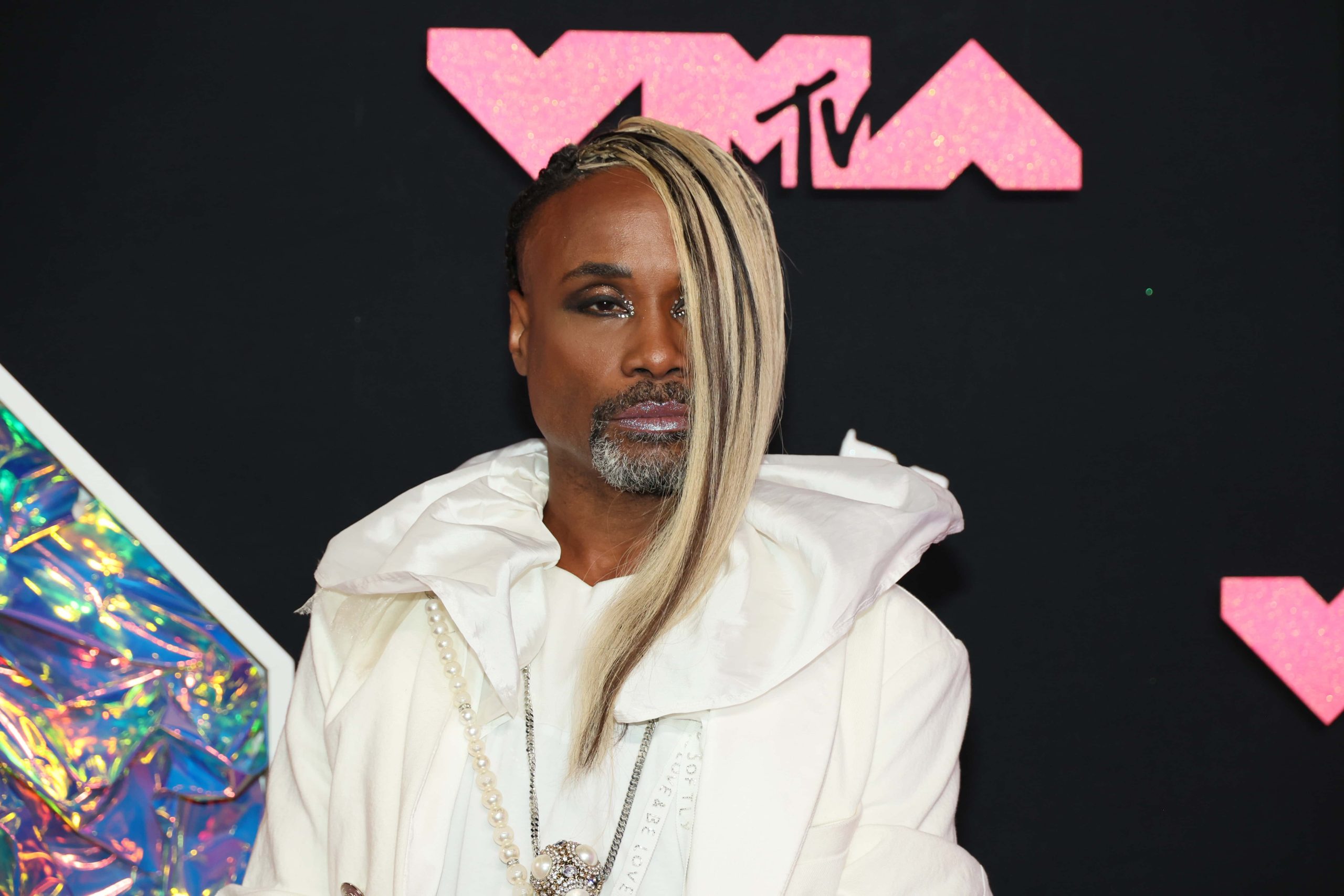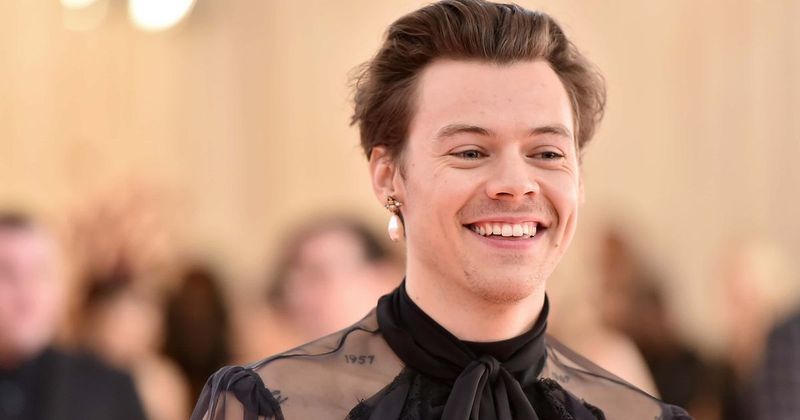Harry Styles made history as the first cisgender guy to grace the cover of Vogue magazine in November 2020, marking a milestone moment in the worlds of fashion and gender expression. This historic feat, however, was not without criticism and controversy. The cover generated critical arguments about representation, privilege, and the changing landscape of fashion, from challenging the choice of Styles as the cover star to emphasizing the need to acknowledge Black and Queer trailblazers.

Former One Direction star turned solo musician Styles has long been recognized for his androgynous and flexible dress sense. Photographer Tyler Mitchell photographed his Vogue cover shoot, which saw him donning a variety of dresses and other stereotypically feminine clothes. Many hailed Styles’ investigation of gender-neutral fashion conventions as a big step forward in breaking down traditional fashion barriers.
However, the decision to showcase a white, cisgender guy on the cover of Vogue in a movement predominantly created by transgender people of color sparked outrage, reports Insider . It gave rise to debate on who should be the face of gender-neutral fashion and if the media should highlight individuals who have been at the forefront of breaking down stereotypes for years.
View this post on Instagram
In an Instagram post, Alok Vaid-Menon, a gender-nonconforming writer and performance artist, voiced their thoughts, writing, “Am I happy to see Harry be celebrated for openly flouting gendered fashion norms? Yes. Do trans femmes of color receive praise for doing the same thing every day? No.” They wrote, “Do I think this is a sign of progress of society’s evolution away from binary gender? Yes. Do I think that white men should be upheld as the face of gender-neutral fashion? No.” Vaid-Menon underlined that while the aesthetics of the gender-neutral fashion movement have entered the mainstream, the bodies of individuals who have been marginalized and frequently face rejection for their choices have not.
The backlash against the Vogue cover extended beyond social media posts. Some argued that recognizing a cisgender white man’s investigation of gender norms obscured the work of Black and Queer artists who had been pushing boundaries for decades. Prince, Lenny Kravitz, and Little Richard as examples of Black artists who paved the way for her androgynous dress choices. Little Richard, in particular, defied cultural norms and helped to redefine masculinity, per The Ithacan.

Furthermore, the publishing of the cover coincided with the deadliest year on record for transgender persons, particularly transgender people of color. In this background, congratulating a cisgender guy for donning a dress on the cover of Vogue seemed callous to the daily challenges and violence faced by transgender people.
The systemic challenges inside the fashion business cannot be ignored. Vogue, a renowned fashion magazine, has been criticized in the past for the lack of diversity on its covers. Black models and artists continue to be underrepresented in the fashion and music industries. Critics said that if Vogue truly wanted to honor the gender-neutral fashion movement while also remembering the lives of Black individuals who had experienced blowback for their decisions, it had wasted an opportunity.

Billy Porter, a prominent advocate for gender-fluid fashion and a member of the Queer community, revealed his persistent frustration three years after the issue of Vogue cover in an interview with the Telegraph . He questioned the industry’s “gatekeepers” for failing to recognize Queer people’s contributions to defying gender stereotypes. Porter remembered a meeting with Vogue’s editor-in-chief, Anna Wintour, in which he passed up an opportunity to push Vogue to elevate the voices of leaders in the de-gendering fashion movement.
Porter reiterated that his problem was not with Styles but with the system as a whole. He highlighted that Styles had made no sacrifices and was elevating himself from the groundwork laid by LGBTQ and Black people who experienced difficulties because of their fashion choices.
when harry styles – a cis, straight, white male – wears a skirt he gets put on the cover of vogue. when trans women wear a skirt they get jumped, brutally beaten, and called a f*g. i’m so sick of seeing this.
— Mike Hawk (@satansliltwink) November 14, 2020
While Styles’ Vogue cover was a big step forward in breaking gender conventions, it also highlighted the need for more intersectionality in the fashion industry. Recognizing the accomplishments of Black, People of color, and LGBTQ trailblazers is critical since they have shaped the fashion world.
Gender Diverse folx existed in 35 recorded cultures and were erased by colonization. CAN WE STOP praising a wealthy white dude for being “provocative.” It’s insulting & disrespectful to the TRANS WOMEN AND FEMMES OF COLOR that have ACTUALLY LOST THEIR LIVES. #Vogue #HarryStyles pic.twitter.com/RjbsKZMeN5
— MeTheLetterE (@MeTheLetterE) November 14, 2020



